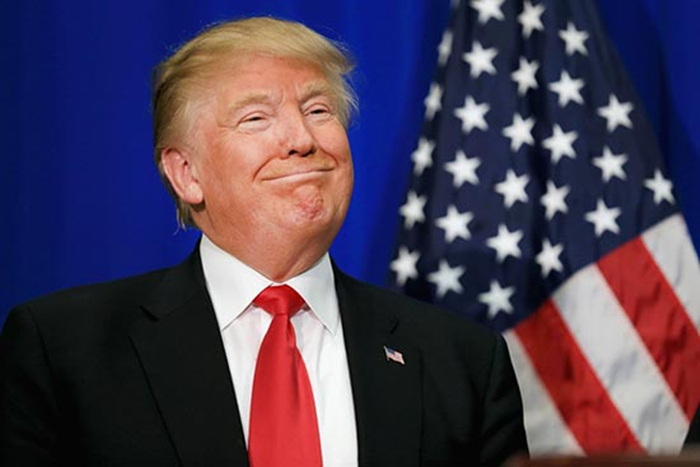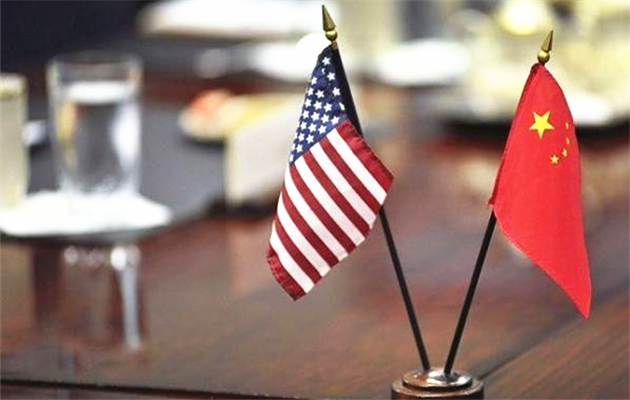By Christina Kitova, a freelance writer based in Hamilton Ontario Canada, founder of Carticulus Media
The United States’ election of Donald Trump as President starts a new era of international relations with a new direction. The parallels between Donald Trump and the Chinese, who both value the importance of a strong business acumen, demonstrates that the mentality of hard working Chinese people and Trump’s success would resonate on a personal level.

An encouraging sign of the reciprocal economic cooperation between the two nations, was, Trump’s pledge in the initial days of the presidency to pull out of the TPP (Trans-Pacific Partnership). The TPP was finalized by its participants on February 4th, 2016, but it did not include China, consequently the TPP did not benefit Beijing as the lowering of tariff barriers, nevertheless creating trade imbalance. The US leaving the partnership signifies new possible symbiosis between the two, moreover it gives China its sole geopolitical initiative in the region.
China and U.S.A currently have an interdependent relationship, as China holds US debt while financing the US budget deficit. China’sprevious economic model is largely based on exports and although China has been diversifying its portfolio under the leadership of President Xi Jinping, exports remain one of its main revenue streams.Hence,as one of the biggest importers of Chinese goods and products, the economic relationship with China is beneficial to the US, and of course, also China.
The current pragmatic approach of the Chinese government shows confidence of the nation’s economic position and understanding if both countries choose to implement sanctions it would impact both economies. Trump is a businessman and sees the value of China’s economic cooperation during his campaign.

Terry Branstad
Another encouraging sign is the nomination and appointment of Terry Branstad as US Ambassador to China, with over 30 years’ connections with top Chinese government officialsand experience in dealing with China.
The China-U.S. relationship after 1991 strengthened by growing economic and trade ties. Bilateral trade in1991 was merely $25.3 billion US dollars, presently the trade volume exceeds $500 billion US dollars.
China is the pivotal strategic partner in order for the US not to be pushed out from Asia by an exclusionary block and maintain economic interests in the region.
Both nations have a cooperation focus, as economic growth is a priority for China’s current government and US President-elect Trump.
China is considering inviting U.S.A. to join AIIB (The Asian Infrastructure Investment Bank), which was established on December 25, 2015.
In the past decades, US’s diminishing industrialization and the astronomical growth of the China’s industrial and urban sectors, granted China the world status as a manufacturing leader.
During the last four decades, de-industrialization in the US and industrialization and urbanization in China have allowed China to emerge as one of the world’s biggestmarkets.

Since 2010 China has been the world’s second-largest economy, some even predict that the economy will be twice the size of the US by 2030. China is also the world’s largest exporter, nevertheless the main trade partner remains the US.
The steps have been taken by China to hedge against future global uncertainty and secure the economic stability to maintain a stable long term partner.
As the new chapter of trade relations and economic cooperation between two nations remains to be seen, the outlook seems positive.
( The opinions expressed here do not necessarily reflect the opinions of Panview or CCTV.com. )

Panview offers a new window of understanding the world as well as China through the views, opinions, and analysis of experts. We also welcome outside submissions, so feel free to send in your own editorials to "globalopinion@vip.cntv.cn" for consideration.















